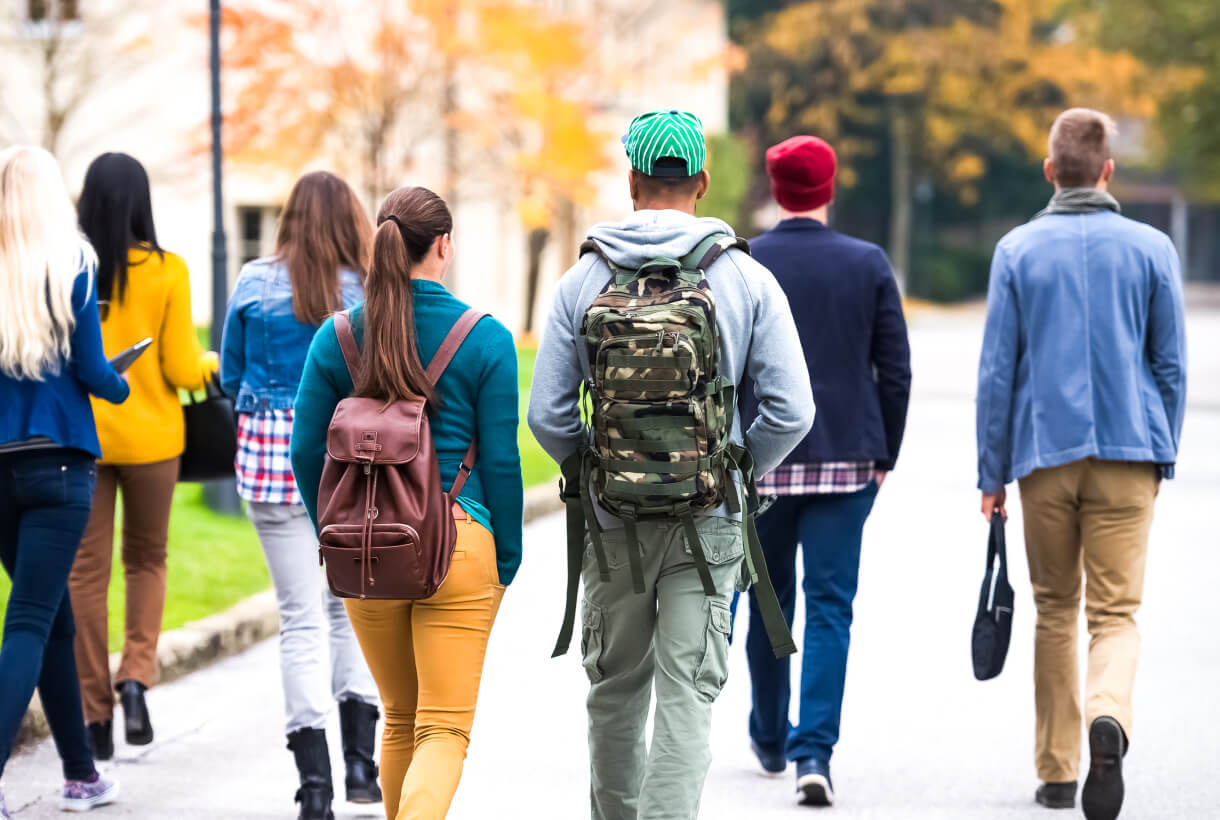Protecting students, faculty, staff and property is foundational for any institution of higher learning. No head of security on any university campus wants to miss something significant. Yet there are many moving parts to ensuring safety both on and off campus grounds.
Colleges and universities must be prepared for anything — from natural disasters and pandemics to active shooters and cyberattacks. It’s vital to have eyes on every situation that could put people at risk, whether they’re walking to class, attending a campus event or traveling abroad for academic programs. But it’s nearly impossible to continuously monitor movements and detect critical events that could impact students, faculty or staff.
The key is finding a way to proactively minimize risk. And this comes down to having the right information at the right time by leveraging artificial intelligence (AI).
Enter Risk Intelligence
Risk intelligence is technology that brings awareness — not only of the critical event that is taking place, but also of its potential impact to your institution and your people. It tells you exactly what happened, where it happened, whether the event is over or is ongoing, and if any of your students, faculty, staff or facilities are nearby.
Risk intelligence uses AI to find and deliver relevant information you can act on — narrowing down from the tens of thousands of critical events happening globally to the one crisis that threatens your institution. And it continuously reviews and interprets endless amounts of global data faster than any human analyst ever could. Let's take a closer look at the process:
Ingest
Today’s colleges and universities can have people and property in many locations. That’s why AI pulls in data from sources like the CDC, the FBI and governments around the globe, as well as local TV stations, newspapers, social media platforms and more.
Clean
Having too much data can be as paralyzing as not have any data at all. AI automatically extracts and cleans the data to separate the relevant information from all the “noise.” You can set up rules to specify the types of threats or areas you want to protect (such as satellite campuses, for example).
Classify
Your response to a flash flood that threatens your campus will be different than your response to an active shooter. AI determines the type of event by “learning” to identify contextual clues (for example: Are a flood of students in the dining hall? Or is the dining hall at risk because of a flood?) Then, the event can be classified by type, such as flood, tornado, chemical spill, natural disaster, crime, weather, infrastructure, civil unrest, etc.
Locate
It's essential to know how close the event is to your people and property. Contextual clues are also used here to accurately pinpoint the specific location. For example, are the news reports referring to the University of Georgia in the United States? Or a university in the country of Georgia?
Detect
After the where, you need to know the when. Some forms of data (known as “structured” data) typically pinpoint the exact time an event occurred (i.e., 6:40 a.m.). “Unstructured” data, however, can refer to non-specific times (such as “early morning” or "late yesterday").
AI moves through a process to evaluate dates and times to predict the most likely time the event in question occurred— for example, whether “earlier this evening near the freshman dorm” and “8:00 p.m. tonight a block from Tyler Hall” refer to the same event on campus.
Cluster
You want to know as quickly as possible if there's an active shooter near your institution or potential severe weather event headed your way. But 45 stories about the incident can create a lot of noise.
AI looks for similarities in event details like type, location and time to create a single event profile with 45 supporting stories. This is far more useful in helping you decide whether you need to send an alert and/or implement your campus crisis response plan.
Protecting What Matters Most
Colleges and universities are not immune from epidemic health concerns, campus violence, threatening weather events, cyberthreats and other calamities both here and abroad. And no two events are exactly the same. With a large percentage of students and staff remote today—and likely for the foreseeable future—it’s more important than ever to rapidly detect potential threats as quickly as possible to support timely resolution and save lives.

